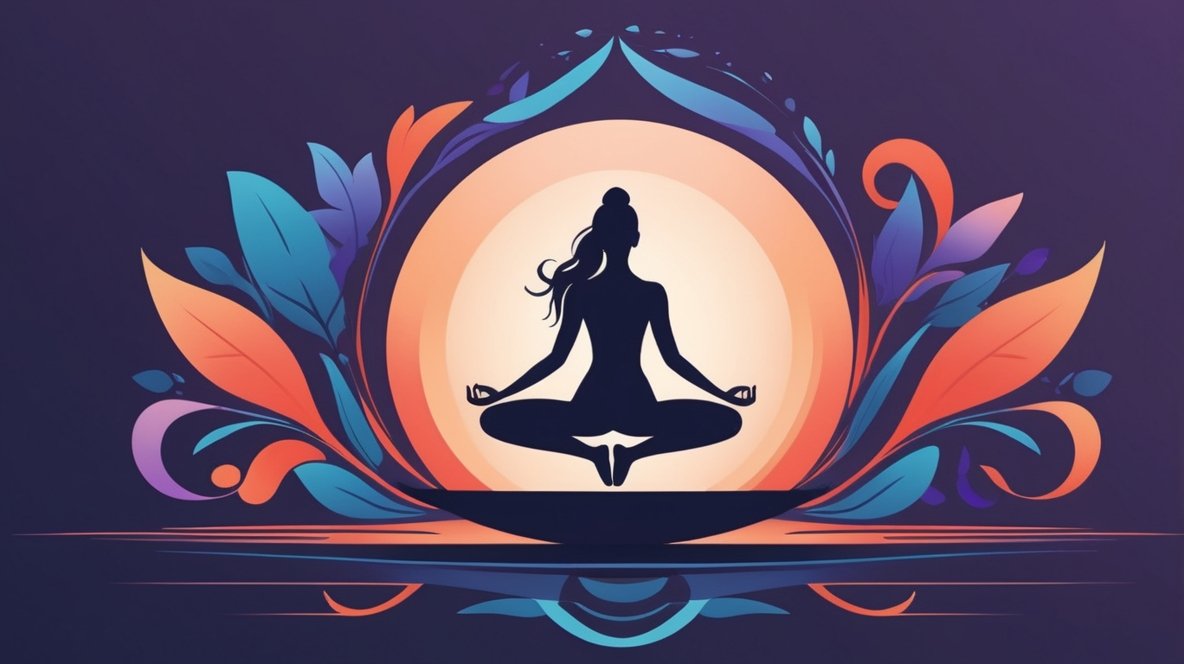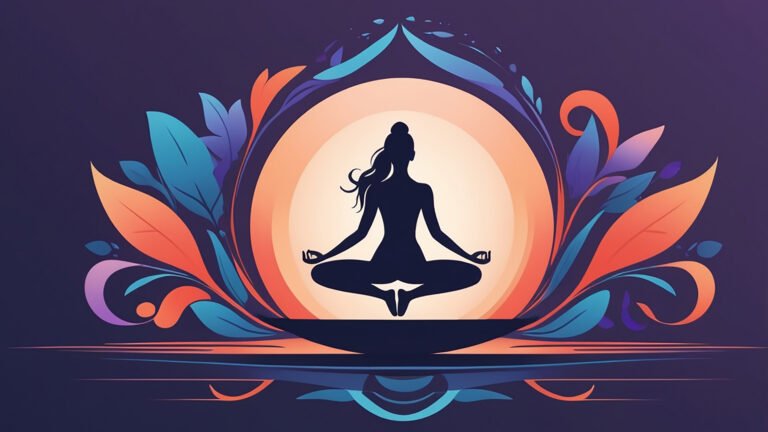— Introduction —
Ardha Chandrasana, known in Sanskrit as अर्धचन्द्रासन, translates to Half-Moon Pose. In traditional practice, this version is performed as a standing backbend while keeping the feet grounded and the arms extended overhead. It represents the calm, graceful, and expansive energy of the moon, and is often included in warm-up sequences to energize the spine and lungs.
— Step-by-step Instructions —
- Stand upright with the heels together and the body relaxed.
- Inhale deeply and raise both arms overhead.
- Hold the breath internally and gently bend the upper body backward.
- Remain in the position as long as the breath is retained; return back only until the arms come overhead.
- After that, return to the starting position while exhaling.
- Repeat the practice five times.
Note: While performing the backward bend, make sure to hold the posture only during internal breath retention. Do not inhale or exhale while bending backward or while returning from the posture, as doing so may create unnecessary strain and could be harmful.
— Physical Benefits —
- Strengthens the spine, arms, thighs, and buttocks
- Stretches abdominal muscles and opens the chest
- Improves posture and spinal flexibility
- Expands the lungs and enhances breathing capacity
- Stimulates the digestive and reproductive organs
— Mental & Emotional Benefits —
- Invokes calmness and gentle energy like the moon
- Helps release stored emotional tension in the chest and heart area
- Improves focus and mental clarity
- Energizes the body and uplifts the mood
— Precautions to keep in Mind —
- Avoid in case of hernia, vertigo, spinal injuries, or recent abdominal surgery
- People with high or low blood pressure should practice with caution
- Women should avoid this pose during menstruation due to the backward bend and abdominal stretch
- Elderly practitioners or those with limited spinal mobility should keep the bend mild and practice with support
— Beginner’s Tips —
- Keep the legs slightly apart for better balance if needed
- Use a wall behind for support while bending
- Focus on lengthening the spine before initiating the backward bend
— Best Time to Practice —
- Early morning is best to awaken the spine and open the chest
- Can be practiced in the evening as a gentle energizer after a long day
— Advanced Variations —
No Variations
— Wrapping Up —
Ardha Chandrasana is a graceful and energizing posture that strengthens the spine, expands the chest, and activates the lungs. When practiced with internal breath retention, it enhances the control of pranic energy and deepens mental focus. However, it is essential to maintain the backward bend only during the phase of breath retention and avoid breathing in or out while moving into or out of the posture, as doing so may cause strain. With mindful breathing and steady practice, this pose cultivates balance, lightness, and clarity—reflecting the calm yet powerful qualities of the moon.


